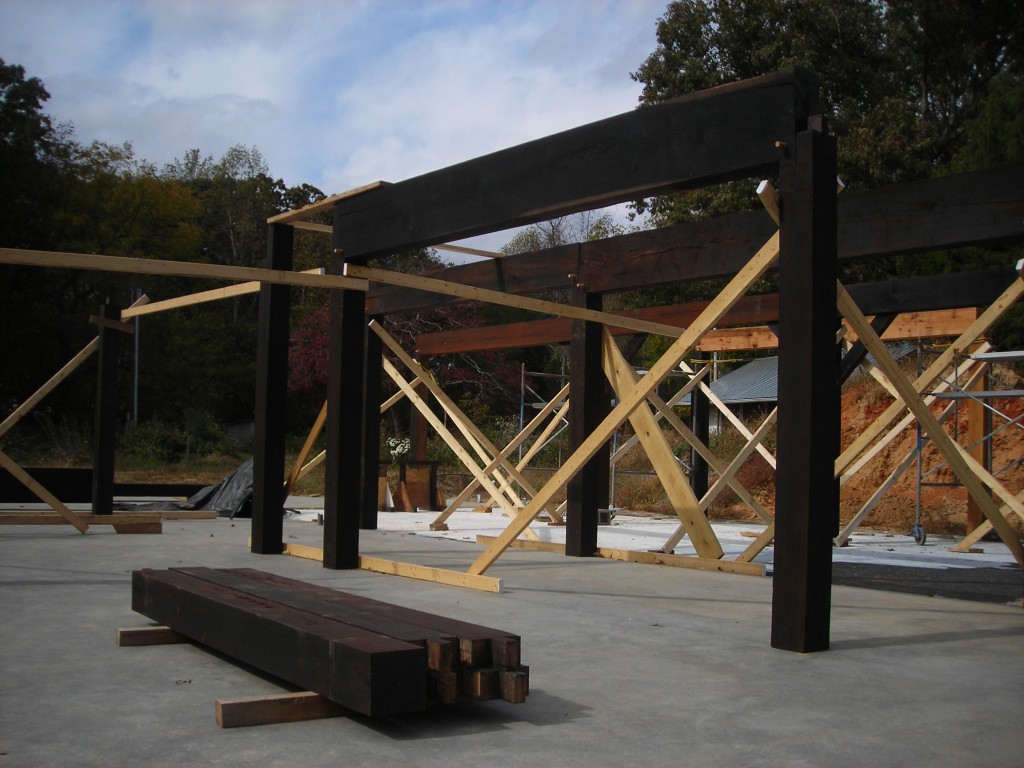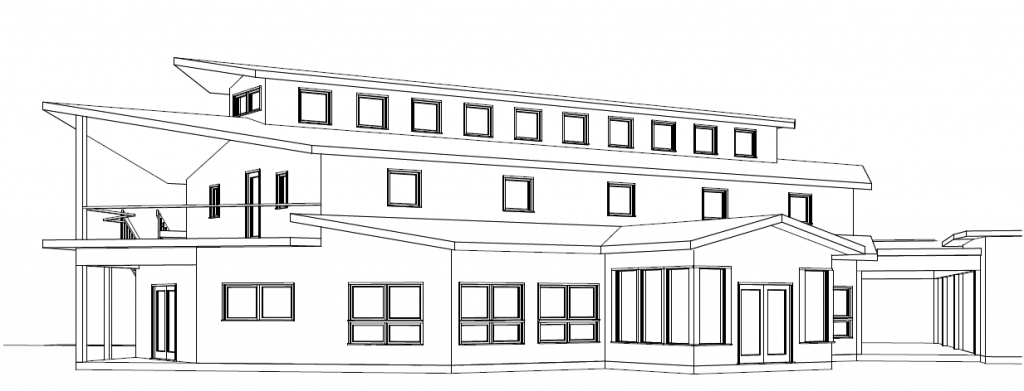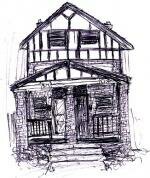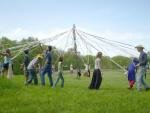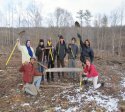Acorn Community
|
Click Here to view the Acorn Image Gallery Visit our Heirloom Seed Business at: Southern Exposure Seed Exchange Acorn Community-WEB
|
We are actively seeking new members to work and play with us in our small, laid-back community in central Virginia. There are about 24 adults that live here at the moment, with ages ranging from about 20 to 60. We are an egalitarian, consensus and income-sharing community. We focus on trying to develop our community around clear and positive communication both in and out of consensus meetings. Our recreation consists of jam sessions, hot tubs, campfires, good food, playing board and card games, and going to the nearby college town for outings. We also go to our nearby sister community Twin Oaks often for parties and other fun group activities. Our income comes from our businesses on the farm. We are very excited about our mail-order seed business, Southern Exposure Seed Exchange. We specialize in heirloom varieties to conserve and distribute rare and endangered varieties of vegetables and encourage seed saving by offering open-pollinated varieties. We grow much of this seed on our 72 acres of beautiful, certified organic land, which borders on the South Anna River. We offer over 500 varieties of vegetables, herbs, and flowers. Contact us to schedule a visit. To reach us send email to [email protected] with subject "visitor", or write or call us at the contact information on the left. |
- 1
- 2
- 3
- 4
- next ›
- last »









 ears, several Acorners have collaborated with local organizations including the Louisa County Resource Council (Low-income Food Distribution Center) and The Central Virginia Master Gardeners to start up a local food bank garden program called Plant a Row. Plant a Row encourages gardeners to grow extra in their gardens to donate to their local food bank to help provide fresh, local, and healthy produce to economically disadvantaged people. We expanded the program to include a garden education center at the food bank, where we grow a variety of vegetables, hold workshops on organic gardening, and have cook-offs to prepare freshly harvested veggies into delicious samples for folks to try.
ears, several Acorners have collaborated with local organizations including the Louisa County Resource Council (Low-income Food Distribution Center) and The Central Virginia Master Gardeners to start up a local food bank garden program called Plant a Row. Plant a Row encourages gardeners to grow extra in their gardens to donate to their local food bank to help provide fresh, local, and healthy produce to economically disadvantaged people. We expanded the program to include a garden education center at the food bank, where we grow a variety of vegetables, hold workshops on organic gardening, and have cook-offs to prepare freshly harvested veggies into delicious samples for folks to try.
